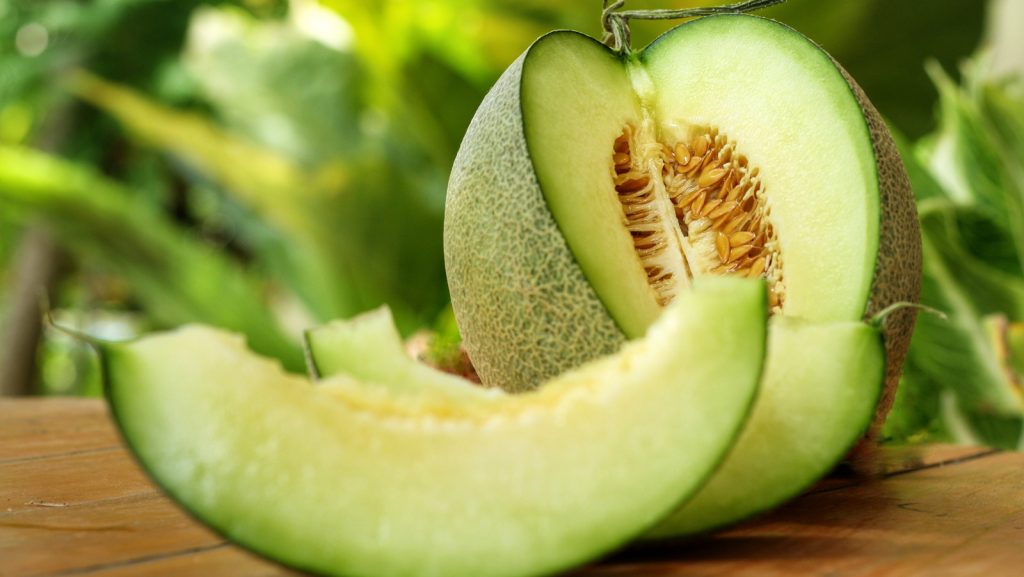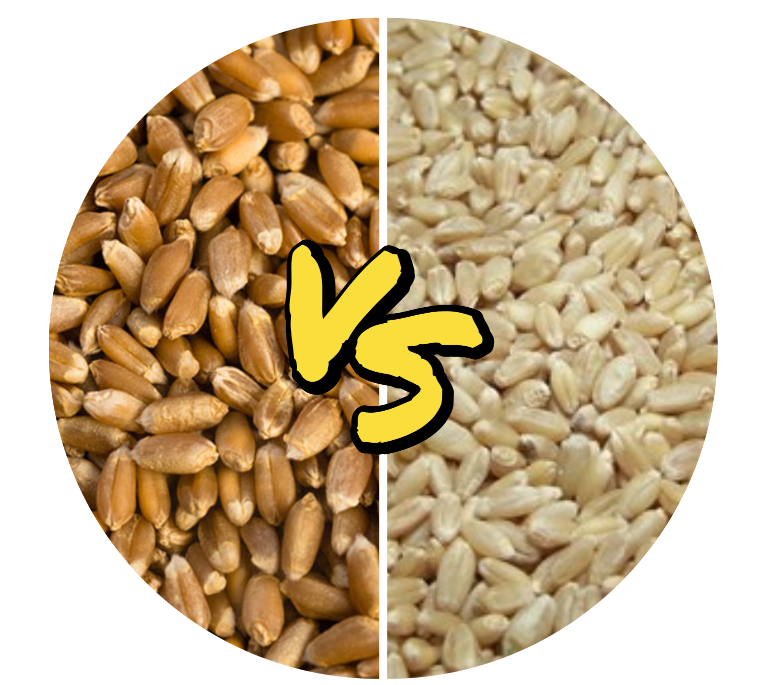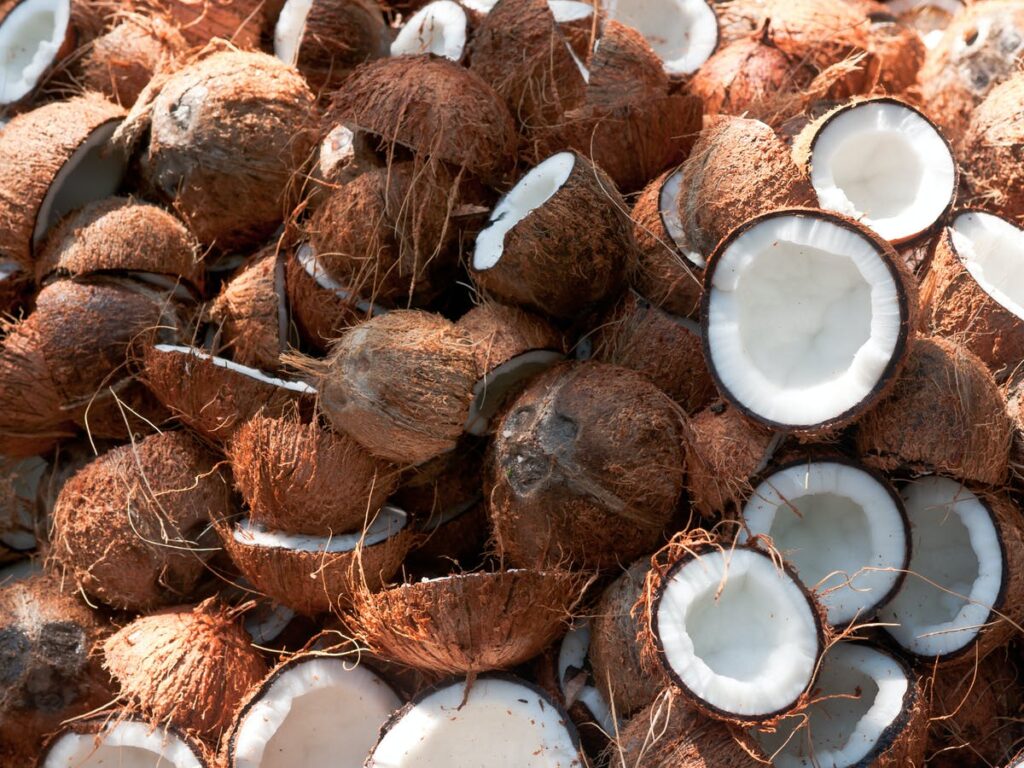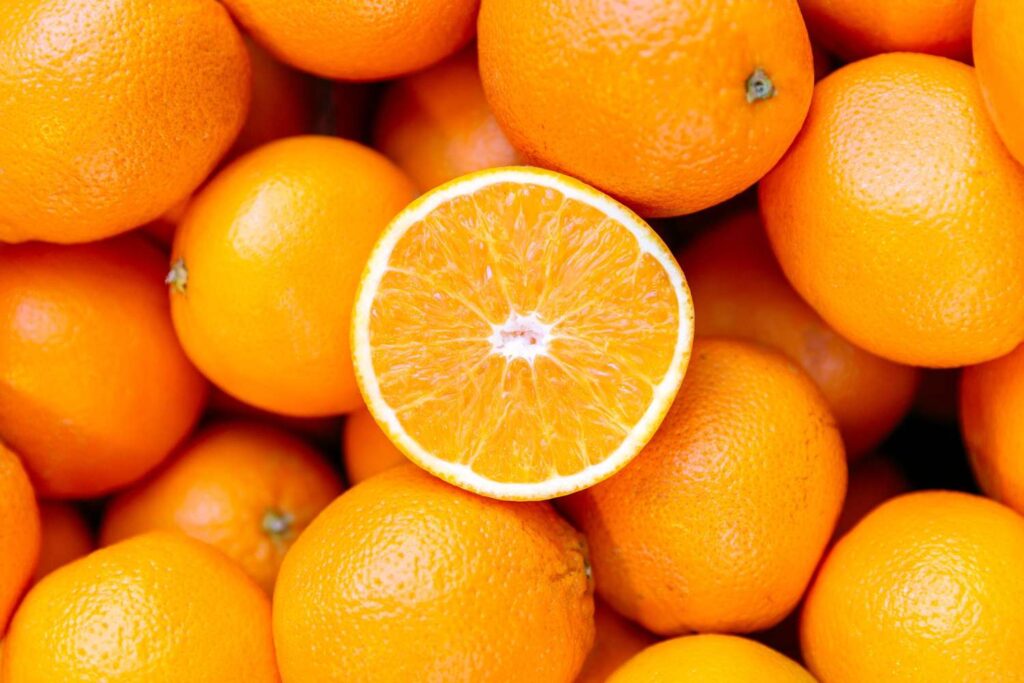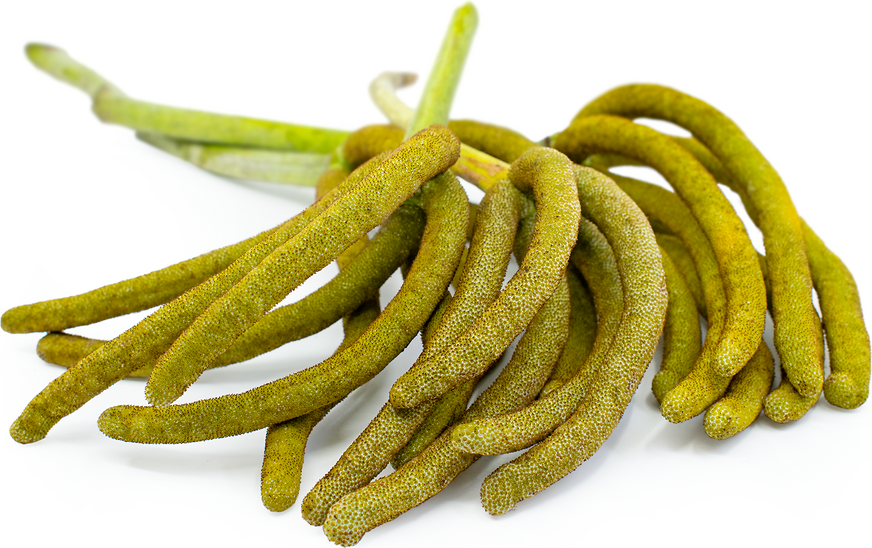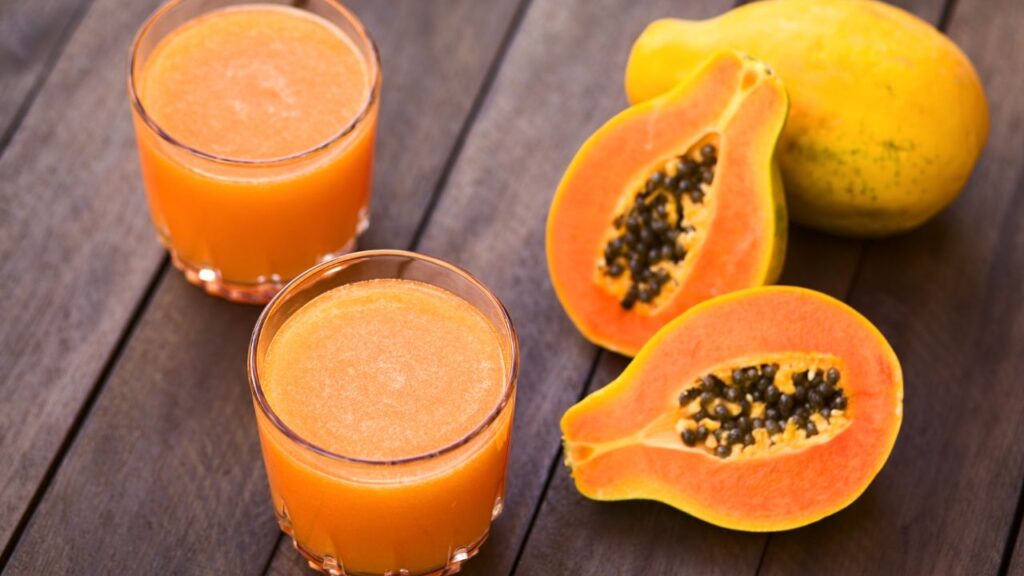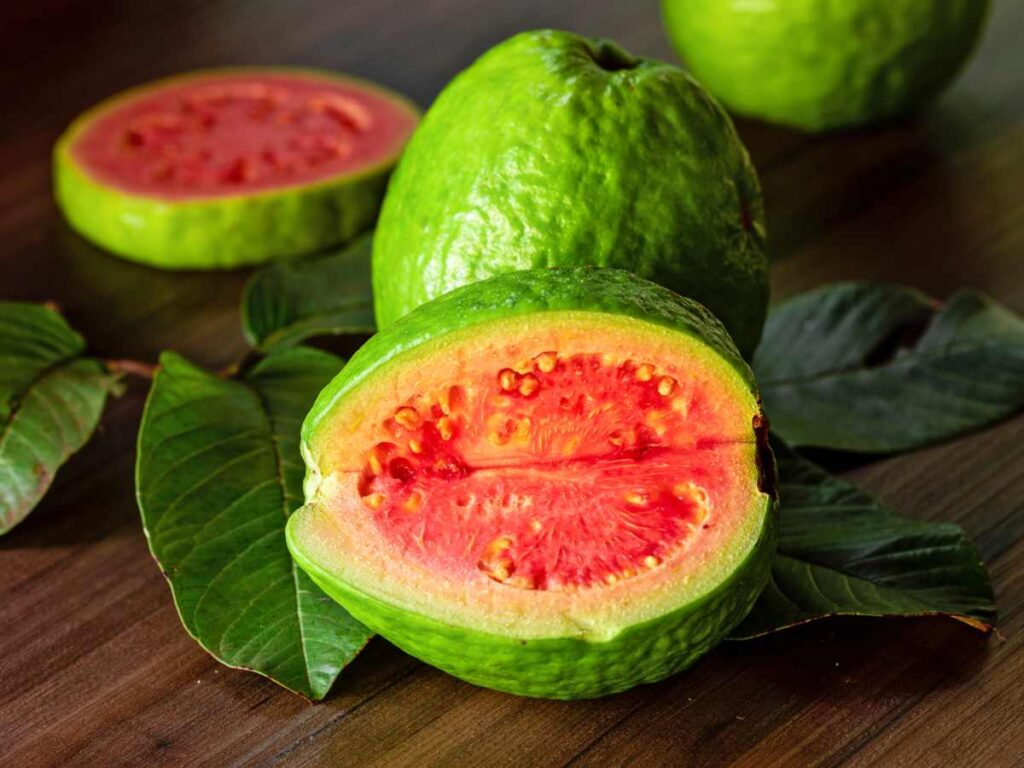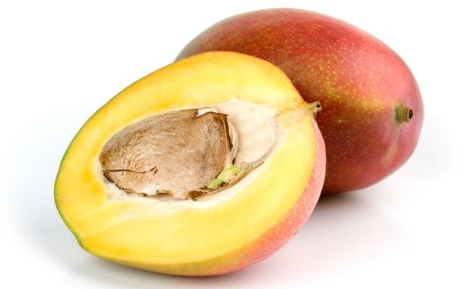Tangerines, with their inviting sweet and tangy taste, have charmed fruit enthusiasts globally and become a delightful addition to culinary creations or a refreshing snack on their own. These citrus gems are available in an array of species, each showcasing distinct features and sensory experiences. In this articulated guide, we will delve into the 15 notable types of tangerines, complete with vivid imagery to enhance your ability to recognize and relish these flavorsome selections.
Table of Contents
- An Array of Tangerine Varietals
- 1. Clementine Tangerine
- 2. Dancy Tangerine
- 3. Murcott/Honey Tangerine
- 4. Pixie Tangerine
- 5. Satsuma Tangerine
- 6. Yosemite Gold Tangerine
- 7. Sunburst Tangerine
- 8. Encore Tangerine
- 9. Kishu Tangerine
- 10. Page Tangerine
- 11. Tango Tangerine
- 12. Kinnow Tangerine
- 13. Fallglo Tangerine
- 14. Wilking Tangerine
- 15. Kara Tangerine
- Conclusion
An Array of Tangerine Varietals
1. Clementine Tangerine

The Clementine tangerine is a delightfully vibrant citrus treasure that originated from the sunny landscapes of Morocco. Its cultivation has since spread through the warm orchards of Spain, Uruguay, Peru, and the fertile regions of the United States. Renowned for its bright orange hue and chunkier stature, the Clementine sits wider than it stands tall, wrapped in a thin skin that peels away with effortless grace.
These glistening fruits are a symphony of sweetness, celebrated for their sugariness which overshadows the tang typically associated with citrus fruits. Their delectable flavor, combined with their virtually seedless nature, renders them a beloved choice for consumers of all ages, whether they are nestled in a lunchbox or shared during a family gathering.
2. Dancy Tangerine
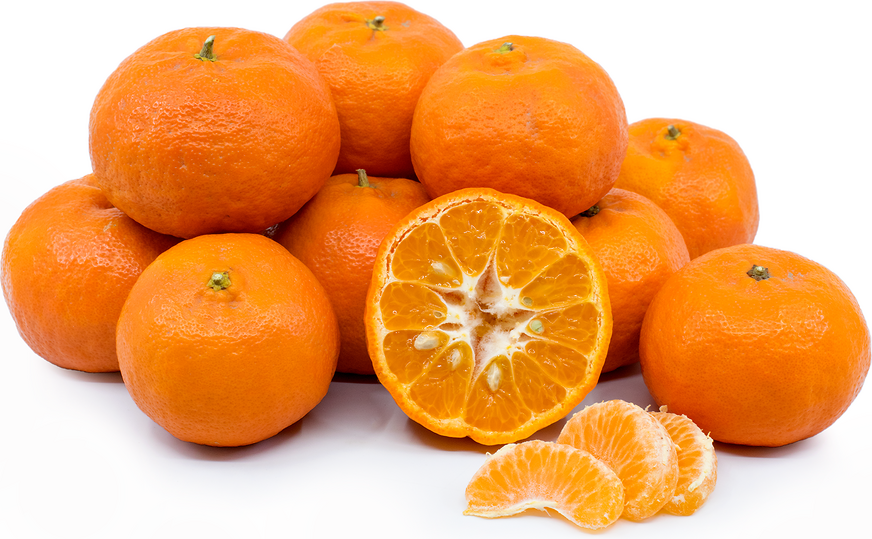
The heritage-rich Dancy tangerine, a citrus jewel unearthed in the verdant groves of Florida during the ascendancy of the Victorian era, commands a rich history and a cherished spot among citrus aficionados. It’s well-adapted to cultivation across the United States, thriving under the care of dedicated growers.
This diminutive citrus dazzler proves size is no measure of flavor; its pebbly skin secrets an aromatic flesh, bursting with a flavor reminiscent of robustly spirited orange juice. The Dancy’s petite form is tailor-made for an on-the-go refreshment, effortlessly aligning with the dynamic paces of modern life, while its sweetness promises an indulgent respite.
With a sweetness that envelops the palate, complemented by a zesty punch, the Dancy tangerine is no less remarkable for its easy-to-peel nature, endearing itself to both children and gourmets. Its convenience and sublime taste make it a treasured presence in both raw and culinary contexts, perfect for imbuing a burst of citrus flavor to meals or standing alone as a satisfying snack.
3. Murcott/Honey Tangerine
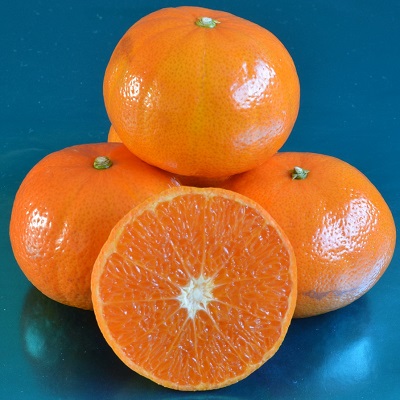
From the winter months through the springtime, the Murcott, also affectionately known as the Honey Tangerine, lures connoisseurs with its diminutive yet sweetly compelling presence. Though its size may be modest relative to its tangerine cousins, the Honey Tangerine compensates with a honeyed interior, delivering a rush of sugary juiciness with each bite.
Amidst its numerous seeded segments lies a bountiful taste that renders the minor inconvenience of its seeds a trivial concern. Cultivators cherish this citrus delight for its undemanding nature—requiring minimal pruning and nutritional care—and its generosity in offering abundant harvests each season, enabling a continuous cycle of sweet indulgences.
4. Pixie Tangerine

Fashioned by the hands of Californian agricultural artisans in the Roaring Twenties, the Pixie tangerine is a Lilliputian-sized citrus that packs a whisper of sugar in contrast to its larger siblings. Clad in a diaphanous veil of pale yellow-orange, its pocket-sized proportions, ranging from a mere 1 to 3 inches in diameter, make the Pixie an excellent companion for the mobile epicure.
This dainty fruit embodies convenience with its seedlessness and peel-friendly rind, ready to bestow a milder yet satisfyingly refreshing zest. Its diminutive stature and delectable nature render it perfect for salad infusions, dessert toppings, and even innovation in preserves, where it imparts a subtle distinction to the culinary repertoire.
5. Satsuma Tangerine

With its roots nestled in the heritage-rich soils of Japan, the Satsuma tangerine has woven its delicate, fragrant narrative across continents, earning a revered place in the citrus pantheon. Recognizable by its sweet and faintly tart profile, the seedless Satsuma is a symphony of plump, easily detachable segments, enveloped in a skin that perfumes the air with an invigorated scent that surpasses other varieties in intensity, and its subdued acidity makes it a gentle yet flavorful option for citrus enthusiasts of all ages.
6. Yosemite Gold Tangerine
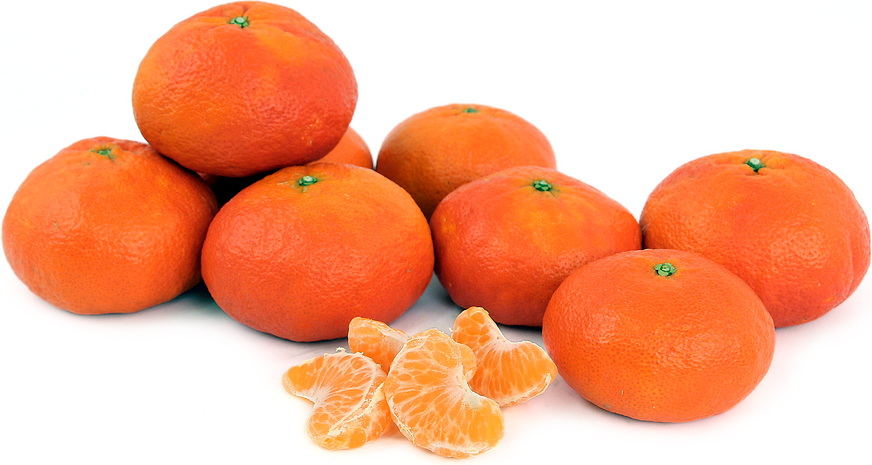
An offspring of Californian citrus innovation, the Yosemite Gold tangerine asserts itself with a grandeur in scale, flaunting diameters that span 3 to 4 inches. Its unique blend of flavors borrows from the zest of oranges, yielding a profile marked by sweetness accentuated with a whisper of acidity. Its fragrance—pure and invigorating—complements its size, inducing a sensorial awakening.
7. Sunburst Tangerine

The Sunburst tangerine dazzles with an aesthetic brilliance, its rind radiating a deep, captivating orange akin to a sunset’s lingering warmth. Graced with a solar emblem at its stem end, the fruit lives up to its radiant namesake, offering more than just a visual feast.
This citrus marvel tempts the taste buds with a flavor intensity that dances between the traditional essence of tangerine sweetness and a discernible vibrancy. Its spirited zest elevates both the fruit bowl and the culinary canvas, infusing every morsel with the energy of the sun.
[…]
Sunburst tangerines boast a substantial stature, outstripping other tangerine variants in size, and are replete with succulent juiciness. This bountiful juiciness translates directly to an exceptional Vitamin C content, making them not only a delicious treat but also a healthful one.
These Sunburst tangerines are the quintessential favorite, cherished by many for their vibrant flavor profile that adds a zesty punch to a myriad of culinary creations—from beverages to baked goods. However, their elevated acidity might pose a challenge for those who have a penchant for fruits on the milder side of the taste spectrum. Nonetheless, their distinctive tang and striking visual appeal continue to endear them to fruit aficionados everywhere.
8. Encore Tangerine

Encore tangerines are distinguished by their moderately sized profile, averaging about 5 cm in diameter, and are adorned with a yellow-orange rind that’s speckled with brown or dark accents. The peel is notably loose, which facilitates effortless removal. Internally, the fruit is a fusion of firmness and succulence, sweet to the palate, yet teeming with seeds. These tangerines are a later-harvest hybrid within the Mandarin lineage, offering a unique taste.
Despite their freckled appearance and seed abundance, encore tangerines don’t skimp on nutritional worth, being a commendable source of calcium, potassium, and Vitamin A. Their added health benefits and vibrant taste make them ideal as a nutritious nibble or as a flavorsome mix-in for salads.
Moreover, the luscious juice yielded from these tangerines is perfect for crafting sumptuous marmalades or jams, which can be treasured throughout the seasons. With a flavor profile that stands out and abundance of health benefits, the encore tangerine makes for an intriguing, must-try citrus varietal.
9. Kishu Tangerine
Exuding charm in their diminutive form, Kishu tangerines are diminutive marvels that provide a flavor profoundly sweeter than that of their larger clementine counterparts—a confectionary delight for fruit enthusiasts. These tiny gastronomic jewels are not readily available, as their cultivation is exclusive to the sunny groves of California and Florida, with their presence gracing markets for a fleeting two-month window annually.
Upon the rare occasion of acquiring Kishus, it’s imperative to indulge promptly in their fresh, sugary splendor. Their diminutive size does not lend well to longevity post-harvest, making swift consumption or careful storage essential for prolonging their delectable zest. Kishus, whether enjoyed in their solitary sweetness or incorporated into an array of dishes, bring a delightful twist to culinary escapades.
10. Page Tangerine
The Page tangerine, part of the esteemed Citrus reticulata family, is a radiant gem among citrus fruits, offering a tantalizingly sweet and juicy quintessence that endears it to many. Their harvest season extends from October through December, pinpointing the winter months as their time of bounty. The Page tangerine trees themselves are a spectacle, reaching stately heights of up to 10 feet, bedecked with lustrous green foliage and crowned with aromatic white blossoms.
Cultivating Page tangerines is effortless, even for novices, as they thrive with minimal intervention and meager pruning requirements. Such ease of growth could see you enjoying your maiden harvest within the initial year of planting. For those poised to venture into arboriculture or who wish to diversify their garden’s citrus repertoire, Page tangerines are an outstanding option, offering not just flavorsome fruit but also horticultural satisfaction.
11. Tango Tangerine

Developed through meticulous cultivation, the Tango Tangerine heralds a new dawn for citrus connoisseurs with its delectably enhanced size and titillating juiciness. Characterized by a medium stature, the Tango tree scales heights of 8 to 10 feet with an admirable upright form. One of the first to herald the new year, its harvest is aptly timed in January.
An embodiment of sweetness overlaid with a juicy consistency, the Tango tangerine captivates the senses of those who revel in citrus delights. Its cultivation requires little to no expertise, making it a viable addition to both private orchards and smaller, urban green spaces. Tango tangerines bring not just edible joy but also an ornamental splendor to home gardens with their verdant foliage and the delicate aroma of their white blossoms.
12. Kinnow Tangerine
Acclaimed for its robust frost resistance and lush verdure, the Kinnow tangerine tree looms large with an impressive height of up to 8 feet. It bears medium-sized fruits, whose rind radiates with a rich yellow-orange hue. The harvest period for these tangerines extends from the waning days of winter into the flush of spring, specifically from February to May.
Laden with a compelling sweetness and imbued with juice aplenty, Kinnow tangerines serve as versatile, palatable delights. Rich in the immune-boosting Vitamin C, they make for a fortifying treat. Additionally, the juice obtained from these fruits is lauded for its remedial properties, offering relief for sore throats and minor colds due to its anti-inflammatory effects. Thus, Kinnow tangerines emerge as both a delectable and wholesome addition to any dietary regimen.
13. Fallglo Tangerine
The Fallglo Tangerine stands out with its diminutive form and vibrant green foliage, making it an aesthetically appealing choice for both private and public spaces. These trees present a thornless and sturdy profile with their capacity to thrive even when temperatures dip, exhibiting a commendable degree of cold hardiness. Bearing fruit from the onset of autumn through to the threshold of winter, specifically from September to December, these tangerines are synonymous with the harvest season.
Typically, these trees reach an impressive stature of 6 to 8 feet in height, providing an abundant canopy of vibrant green foliage.
The delightful Fallglo Tangerine tree may be modest in stature, but its fruit is remarkably grand in scale compared to other members of the tangerine family. These orbs of citrus joy measure between 2 to 4 inches across, and their sun-drenched sweetness has made them an enduring hit with both the young and the young at heart.
14. Wilking Tangerine
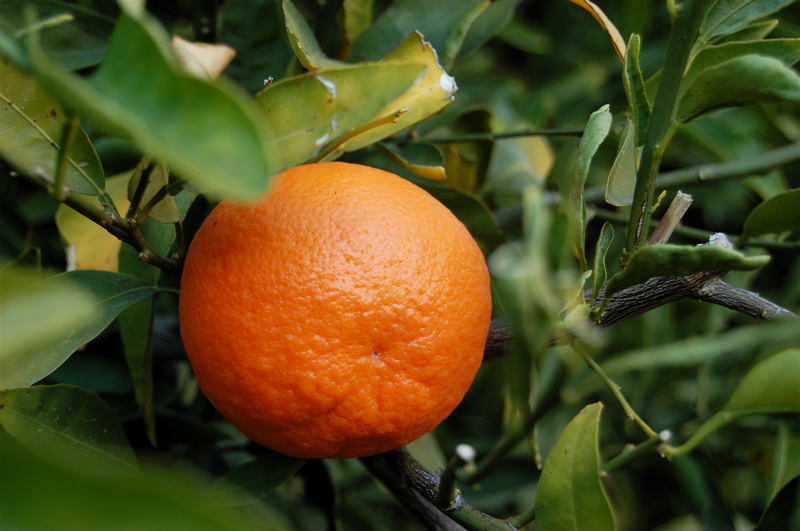
A proud member of the Rutaceae family, the Wilking tangerine is a citrus delight closely akin to the illustrious Kinnow tangerine. This tree is characterized by its moderate vigor, reaching skyward up to 8 ft, adorned with expansive leaves that taper elegantly to a point. Its fruits are a study in balance, ranging from small to medium in size with a gently oblate contour and a base that is subtly flattened.
The Wilking tangerine’s flavor profile is robust and sweet, enhancing its appeal for consumption directly off the branch or transformed into a refreshing juice. Culinary enthusiasts cherish the fruit for its versatility in creating exquisite jams, jellies, marmalades, and a variety of other preserves.
Not simply a treat for the taste buds, the juice extracted from Wilking tangerines serves as a natural sweetening agent in myriads of recipes. Moreover, they are a treasure trove of nutritional goodness, brimming with vitamin A, vitamin C, and dietary fiber, all of which contribute to a healthy lifestyle.
15. Kara Tangerine
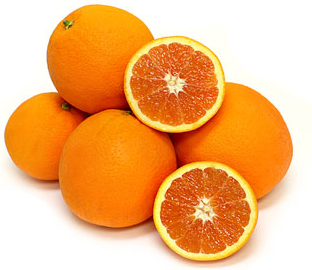
The Cara Cara tangerine, also known by its scientific moniker, Citrus sinensis, is an extraordinary tangerine variant harvested from the months of February to April. As a tree, it exhibits a medium to large stature, with an open and drooping growth pattern, and can attain an impressive height of up to 20 feet.
Distinguished by a flavor and aroma that are truly its own, the Cara Cara tangerine stands out from the citrus crowd. It demonstrates a tendency to yield a bountiful crop biennially, offering a cornucopia of fruit whose flesh is tender, sumptuous, and brimming with juice.
Conclusion
The cornucopia of tangerine types available presents a sweet symphony of flavors and healthful advantages. From the lusciously sweet Kinnow to the distinctively appealing Cara Cara, each cultivar boasts unique qualities and a taste profile that is uniquely its own. Enjoying tangerines, be it straight from the tree, as a freshly squeezed juice, or an ingredient in your culinary creations, offers not only a burst of flavor but also a boost to your immune system and maintenance of overall wellbeing.

